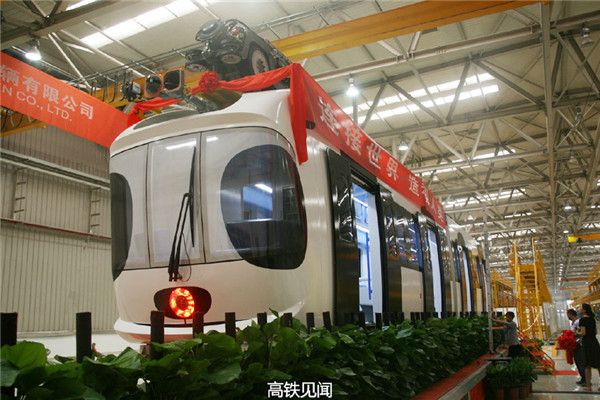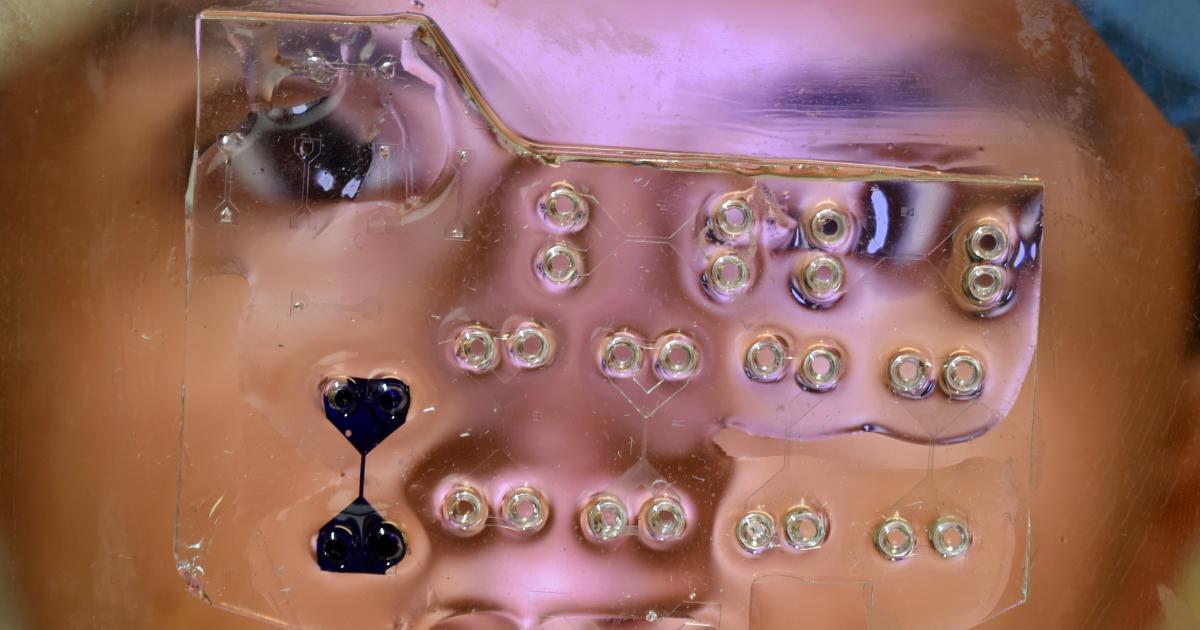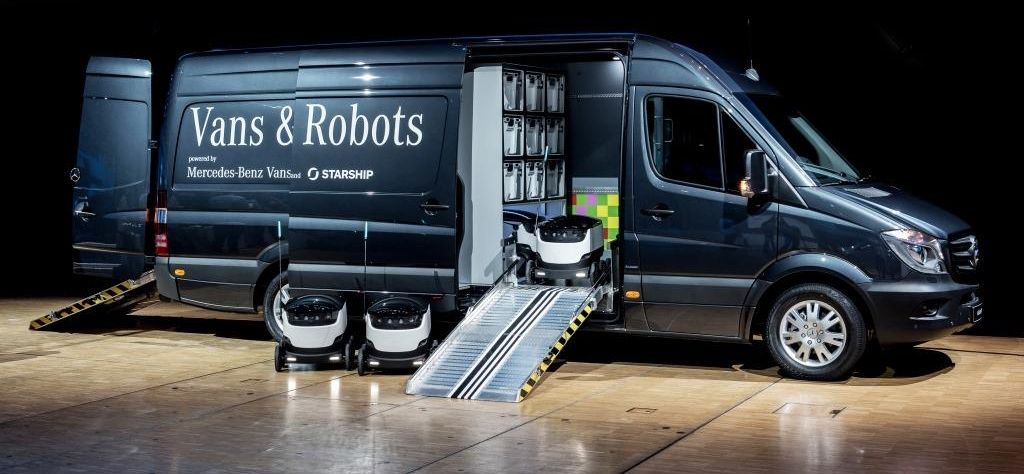All aboard the Sky Train.
China’s first sky trains came off the assembly line in the city of Nanjing on Saturday, with China becoming the third country to master sky train technology, after Germany and Japan.
The Nanjing Puzhen Company Limited, affiliated to China’s largest State-owned rolling stock manufacturer CRRC Corporation Limited (China Railway Rolling Stock Corporation), took only four months to design and complete the elevated railway trains, said CRRC.
The two compartments can hold more than 200 passengers, and when compared with subways and trams, sky trains have lower costs, better climbing and turning ability, and higher wind resistance.








